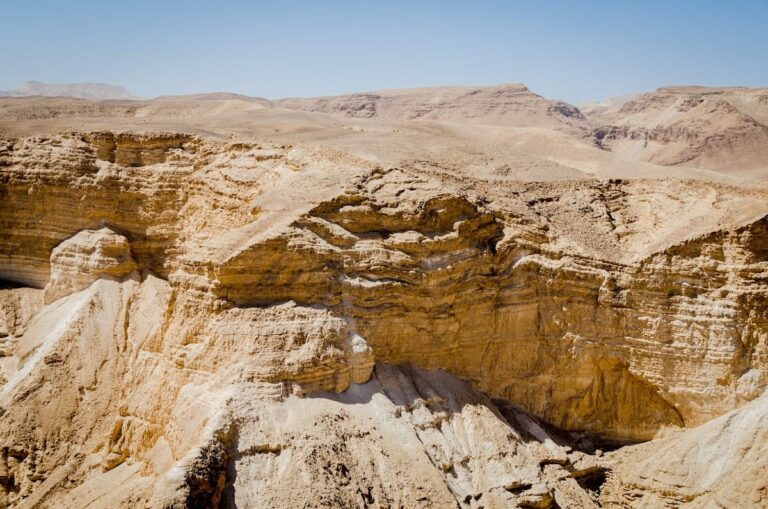Castel National Park: A Historic Fortress and Memorial in Mevaseret Zion, Israel
Visitor Information
Google Rating: 4.4
Popularity: Medium
Google Maps: View on Google Maps
Official Website: en.parks.org.il
Country: Israel
Civilization: Unclassified
Remains: Military
History
Castel National Park is situated within the municipality of Mevaseret Zion, Israel. The site occupies a fortified hill in the Judean Mountains, historically controlling the vital road linking Tel Aviv and Jerusalem. Its origins date back to the Roman period when the Romans constructed a fortress named Castellum here to secure this strategic passage.
Following the Roman era, during the time of the Crusades, the hill once again gained military importance. A fortress known as Castellum Belveer was reportedly established on top of the Roman remains. However, no physical evidence of this Crusader castle has been uncovered. After the Crusader period ended, the site faded from historical accounts for several centuries.
In later centuries, an Arab village called Al-Qastal emerged on the hill, reviving its role as a local center. The village’s mukhtar, or local headman, built his residence atop the hill, reportedly directly on the ruins of the earlier Crusader fortress. Under British rule in the early 20th century, the area retained its association with the castle and was commonly referred to as “The Castle.”
The site’s prominence resurfaced dramatically during the 1947–1948 Arab-Israeli conflict. As part of the Arab siege of Jerusalem, Al-Qastal became a critical battleground in Operation Nachshon, a military campaign aimed at breaking the blockade on the city. The village’s control shifted repeatedly between Arab and Jewish forces throughout intense fighting.
A turning point occurred on April 8, 1948, when the Arab commander Abd al-Qadir al-Husayni was killed during combat at Al-Qastal. His death prompted a temporary withdrawal of Arab defenders for his funeral, creating an opportunity for Israeli troops to capture the hill on April 9, 1948, with minimal resistance. Securing this position was crucial in opening the main highway and alleviating the siege of Jerusalem.
In the early 1950s, a Jewish community named Mevaseret Zion was established at the base of Castel Hill, cementing the site’s integration into the modern landscape. Today, the area serves as a national park and memorial, preserving the historical memory of the 1948 battles with plaques and monuments that honor those who fought and those who died attempting to break Jerusalem’s blockade.
Remains
The site at Castel National Park is characterized by a layered history visible in its ruins and memorial structures. Its most ancient remains belong to the Roman fortress, Castellum, built as a fortified stronghold to oversee the Jerusalem road. These Roman ruins present the foundational fortifications constructed to serve military and administrative functions during the 2nd century CE.
Above these Roman remains, the Arab village period left a mark in the form of the mukhtar’s house, erected atop the hill. This building reportedly stands directly on the site of the Crusader fortress, Castellum Belveer, integrating later habitation with earlier fortifications.
The terrain still bears physical traces from the 1948 conflicts, including fortress ruins and trenches carved during the fierce battles of the siege. These features have been preserved intentionally as part of the memorial site, allowing visitors to connect with the history of the fighting that took place.
Several bronze plaques are installed throughout the park, offering detailed accounts of the events in April 1948. These inscriptions guide visitors through the course of the battle and reflect the site’s military significance.
In addition to these interpretive elements, Castel National Park hosts memorials dedicated to Israeli soldiers who fell during the fighting. One such monument was created in 1980 by artist Yitzhak Yamin. There is also a memorial specifically honoring the convoys that endeavored to break Jerusalem’s blockade during the siege. These commemorative installations stand as reminders of the sacrifices made in this strategically vital location.








